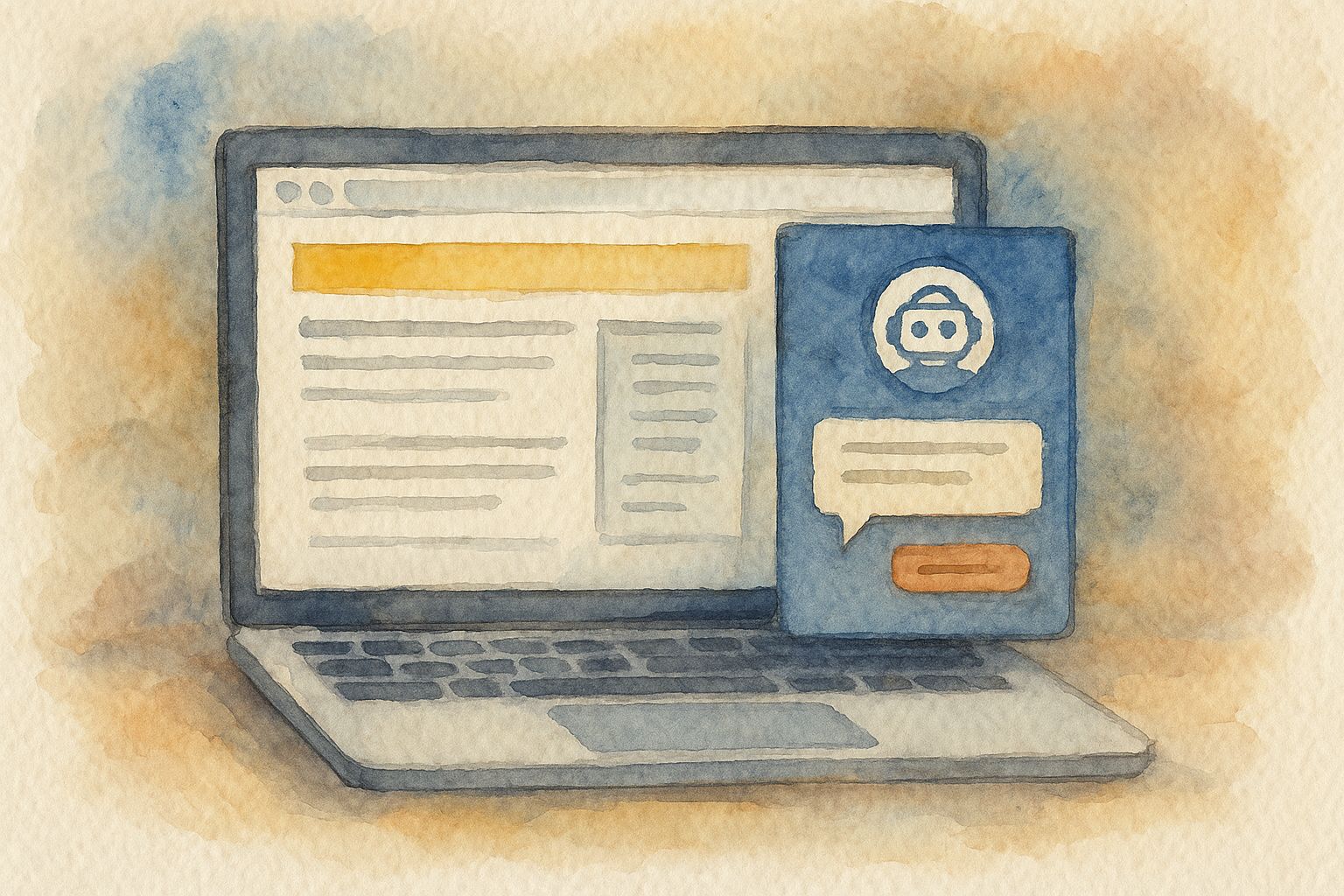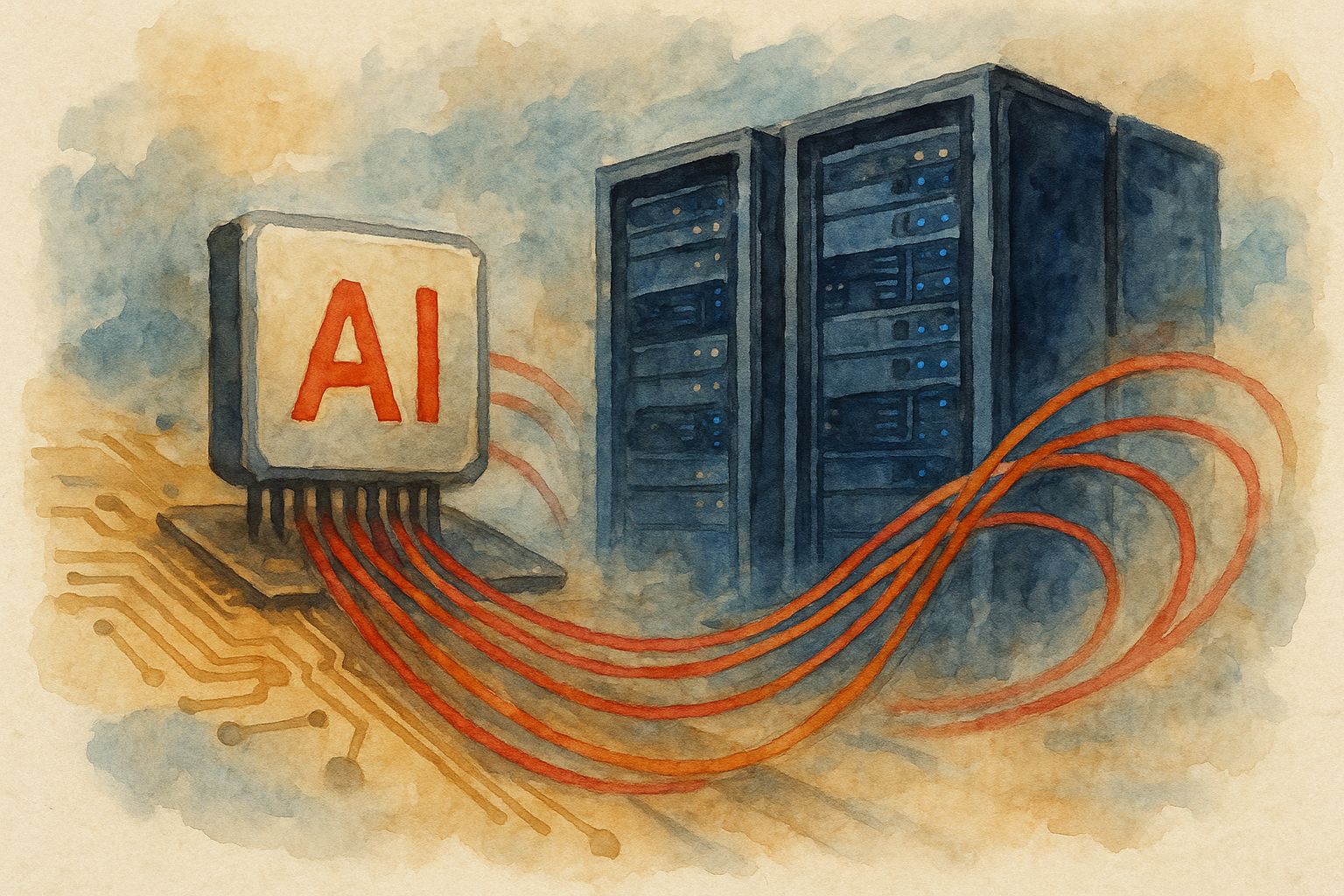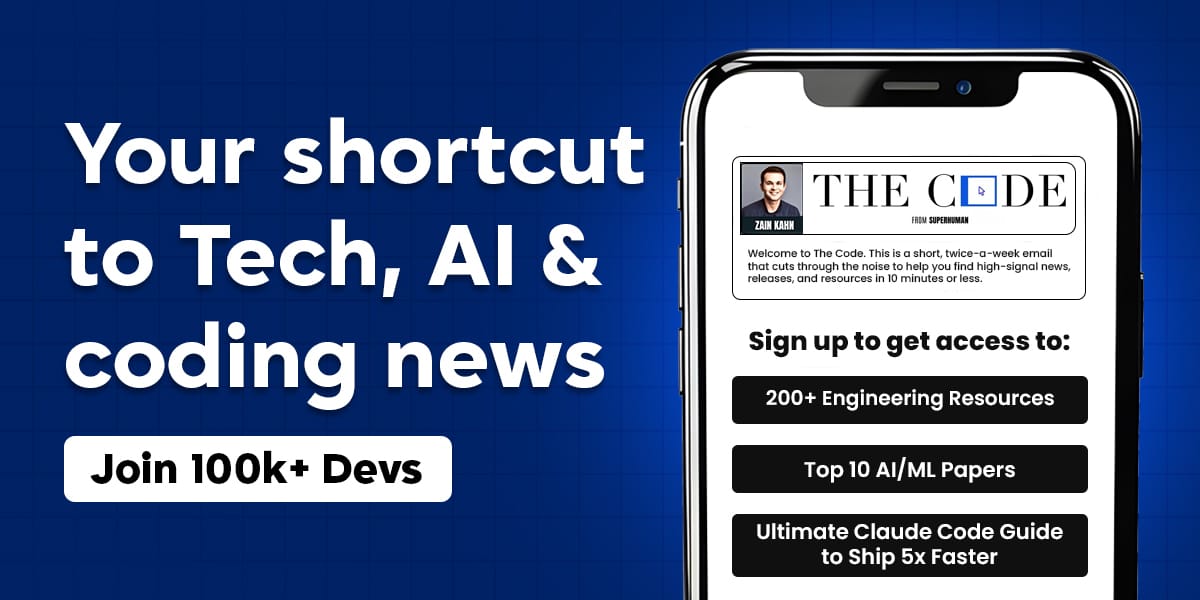- The Recap AI
- Posts
- OpenAI's new browser takes aim at Google
OpenAI's new browser takes aim at Google
PLUS: Amazon's plan to automate 600,000 jobs and the return of the 996 work week
Good morning, AI enthusiast.
OpenAI is making a bold play for the user's gateway to the internet with its new AI-powered browser, ChatGPT Atlas. The launch represents a direct challenge to Google's dominance by building its chatbot into the core web experience.
With a new 'Agent Mode' capable of handling complex, multi-step tasks, the browser moves beyond simple search and summarization. But will this shift to a more agent-driven web be enough to pull users away from their long-established habits on Chrome?
In today’s AI recap:
Bring Your Product Photos to Life With Veo 3.1 (e-Commerce n8n Automation)
OpenAI's new browser takes on Google
The multi-trillion dollar AI infrastructure boom
The return of '996' hustle culture in AI
8 trending AI Tools
OpenAI's Browser Gambit

The Recap: OpenAI has launched ChatGPT Atlas, an AI-powered browser that embeds its chatbot directly into the user experience. The move represents a significant challenge to Google Chrome's dominance by reimagining browsing with native AI capabilities.
Unpacked:
The browser features a persistent ChatGPT sidebar that allows you to summarize, analyze, or ask questions about the content on any webpage without switching tabs.
For paid subscribers, a new "Agent Mode" can autonomously handle multi-step tasks from start to finish, such as researching and shopping for an entire trip.
To encourage adoption, OpenAI is offering users a temporary increase in ChatGPT usage limits for making Atlas their default browser.
Bottom line: This launch is OpenAI's clearest step yet to own the user's entry point to the internet, shifting its role from a destination chatbot to an all-encompassing platform. By integrating agents directly into the browser, the company is aiming to redefine how people interact with the web and directly compete with Google's core search business.
Find out why 100K+ engineers read The Code twice a week
Staying behind on tech trends can be a career killer.
But let’s face it, no one has hours to spare every week trying to stay updated.
That’s why over 100,000 engineers at companies like Google, Meta, and Apple read The Code twice a week.
Here’s why it works:
No fluff, just signal – Learn the most important tech news delivered in just two short emails.
Supercharge your skills – Get access to top research papers and resources that give you an edge in the industry.
See the future first – Discover what’s next before it hits the mainstream, so you can lead, not follow.
AI Tools of the Day
🎶 DIKTATORIAL Suite – Chat with a virtual audio engineer using text prompts to professionally master your music tracks in seconds.
⚙️ InfinitForm – Use an AI co-pilot to generate and optimize complex engineering designs specifically for manufacturing processes like CNC machining and 3D printing.
🧪 TestChimp – Automatically generate comprehensive API tests by simply recording your manual testing sessions, eliminating hours of tedious work.
🔍 NeuraVid – Instantly find specific moments in your entire video library using semantic search, transforming hours of footage into a queryable database.
🌐 Dora AI – Generate fully editable, production-ready websites with 3D animations and advanced interactions using just a single text prompt.
🧠 Cassidy – Build custom AI assistants and automate workflows that are securely connected to your company's knowledge base and applications.
🎮 Powder – Automatically detects and clips the most exciting moments from your gaming streams using game-specific AI to create viral-ready shorts.
🗓️ Dola – Schedule and manage your calendar events by simply sending a text, voice note, or even a picture of a flyer to your AI assistant.
Explore the Best AI Tools Directory to find tools that will 10x your output 📈
The AI Infrastructure Boom

The Recap: The rapid expansion of AI is driving a multi-trillion dollar buildout of data center infrastructure. This has created massive demand for the foundational components powering the next generation of computing.
Unpacked:
Industry estimates project that data centers will require nearly $7 trillion in investment by 2030 just to keep pace with the demand for AI compute.
Modern AI data centers using systems from Nvidia require anywhere from four to 16 times more fiber content than legacy cloud infrastructure.
As a result, analysts estimate that key suppliers like Corning will see their optical communications revenue increase at a 24% compound annual growth rate through 2029.
Bottom line: This boom highlights that AI's progress depends just as much on physical hardware as it does on algorithms. The focus is expanding from chip designers to the companies that build the essential, underlying infrastructure.
AI Training
The Recap: In this video, I'll show you how I built an AI system that transforms static product photos into professional-looking animations—no video team required. I walk through the entire process and demonstrate how this system can animate still images using Veo 3.1 while keeping your products looking consistent and realistic. You'll see how it generates multiple variations perfect for your online store and social media, helping your product pages look premium and catch way more attention than static images ever could. By the end, you'll understand how to create unlimited product videos in minutes and make your e-commerce visuals stand out from the competition.
P.S. We also launched a free AI Automation Community for those looking to build and sell AI Automations — Come join us!
The AI Hustle Culture

The Recap: The controversial 996 work schedule is resurging in Silicon Valley as AI startups push employees to work 9 am to 9 pm, six days a week, in the race to dominate artificial intelligence.
Unpacked:
Health experts warn that working over 55 hours weekly increases stroke risk by 35% and heart disease death risk by 17%, according to WHO research analyzing data from nearly 750,000 people.
The approach contradicts productivity research showing shorter weeks boost output—Microsoft Japan reported a 40% productivity increase after testing a four-day workweek in 2019.
Studies indicate that employee productivity peaks around 50 hours per week, with those working 70 hours often producing no more than colleagues working 55 hours.
Bottom line: The AI arms race is reviving extreme work cultures that prioritize speed over sustainability, potentially undermining the creativity and long-term innovation these companies need to succeed.
Where AI Experts Share Their Best Work
Join our Free AI Automation Community
Join our FREE community AI Automation Mastery — where entrepreneurs, AI builders, and AI agency owners share templates, solve problems together, and learn from each other's wins (and mistakes).
What makes our community different:
Real peer support from people building actual AI businesses
Complete access to download our automation library of battle-tested n8n templates
Collaborate and problem-solve with AI experts when you get stuck
Dive into our course materials, collaborate with experienced builders, and turn automation challenges into shared wins. Join here (completely free).
The Shortlist
OpenAI recruited over 100 ex-investment bankers for its "Project Mercury," a secret initiative to train financial models to automate the complex work of junior analysts.
Anthropic launched Claude for Life Sciences, a new suite of AI tools designed to help researchers accelerate drug discovery, analyze clinical trials, and streamline biomedical research.
DeepSeek released a new open-source vision-language model for Optical Character Recognition (OCR), designed for high-accuracy text extraction from images.
What did you think of today's email?Before you go we’d love to know what you thought of today's newsletter. We read every single message to help improve The Recap experience. |
Signing off,
David, Lucas, Mitchell — The Recap editorial team



